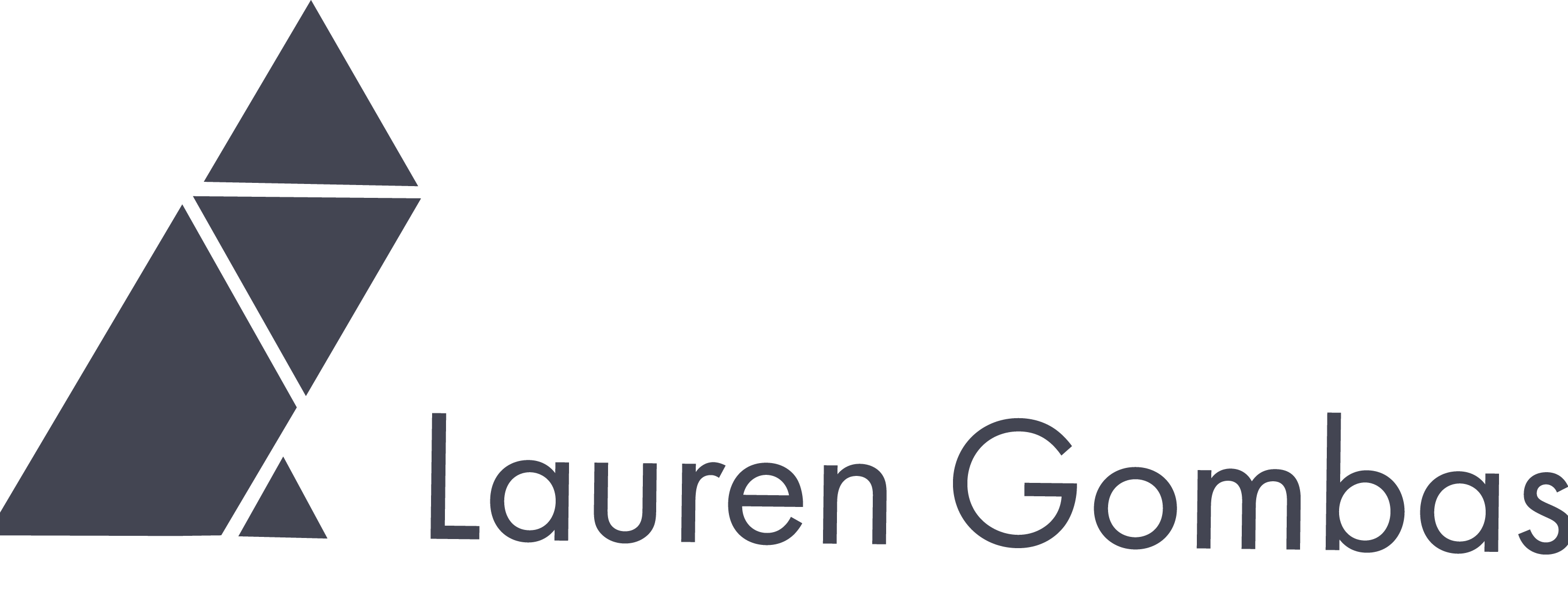Second iteration
Problem Statement
Despite efforts to create better saving habits through gamification, Flourish struggled to engage and retain their first-generation college student users.
Through analyzing users’ deterrents, and motivations for using the savings app, our team, decided upon a goal reminder dashboard. The dashboard not only engages users by reminding them of their goals, but it also showcases features that may have been overlooked or forgotten.
Alongside Flourish's developer and a co-founder, I took on the role of researcher, and designer.
Discovery
Although it is clear now, when I first met with Flourish, their team didn't know which problem to dedicate time to.
My instinct was to look through pervious interviews to sort out pain points/needs/desires and then turn them into "How Might We" questions, that would later be separated into bigger categories.
Categories that came out of "How Might We" questions
I was drawn to the Customization, Recognition Other Than Prizes, & Accountability categories. They didn't require creating new features, which meant a quick turn around time.
Ideation
Left: Bill's dashboard sketch Right: closed dashboard wireframe
Dashboard inception sketch
Further Research
Although the research I had already looked through provided quite a bit of information, I didn't have a clue as to what motivated users inside of the app, nor did I have any idea of user habits.
Flourish connected me to three existing female, college age users. Something that is important to note is that two of the interviewees are twins and they may having influenced each other's answers.
Although I wasn't surprised that users wanted to learn more about financial literacy from the app, I was surprised to find that gamification (a big element of the app) doesn't motivate all users.
One user did mention the Raffle and emails from the founders encourage her to save. The other two interviewees weren't interested in the games rather, they were motivated by the Commitments section (which I renamed Goals), and interacting with friends who also used the app. It was good to hear that nothing within the app discouraged users from saving.
Two of the challenges were figuring out what to put inside of the dashboard and deciding how the dashboard would look unopened. What is important enough to be in the dashboard? How does the user interact with the dashboard?
How might we create a dashboard that ties together existing features, and provides more accountability?
Prototyping
What made designing the dashboard difficult was how much information needed to fit within a small space, deciding what would be clickable, and how to indicate what was clickable.
Most of the clickable buttons in the app have a dash outline around them, so in order to be consistent, I made only the big green buttons clickable.
This proved to be the wrong decision because it eliminated too much white space, and didn’t provide as much of a call to action.
The second iteration follows gaming apps trends. This means that anything and everything is clickable. More white space means that the dashboard features are less distracting, and users have enough room to click on each button independently.
Next Steps
Although the Flourish team couldn't find test participants and ended up moving in a different direction, the natural progression of this project would have been to test the dashboard through a Diary Study. A Diary Study would have been the optimal choice in testing, because it eliminates the issue of memory, and illuminates the long term benefits & issues of a new feature.
